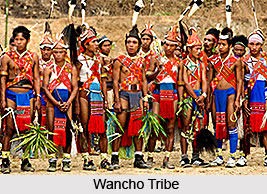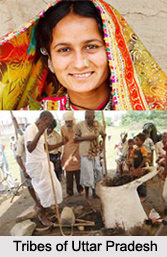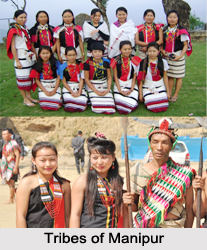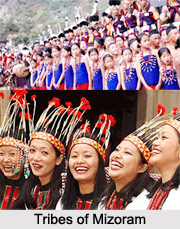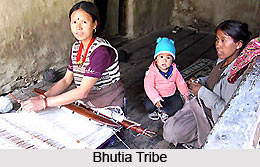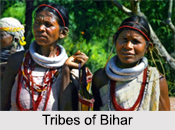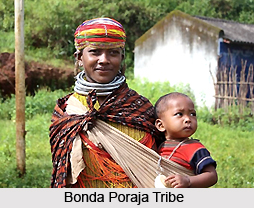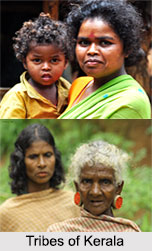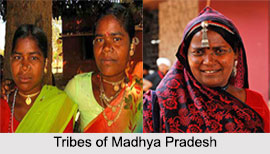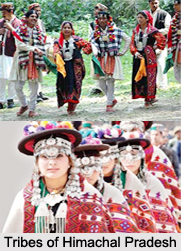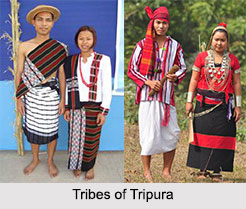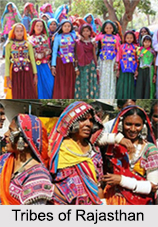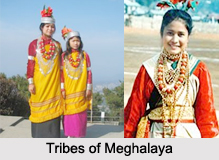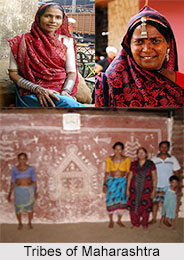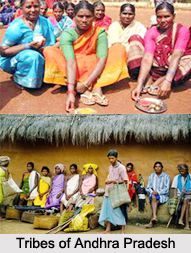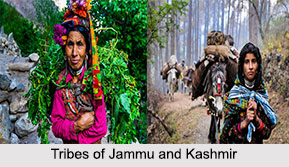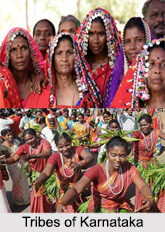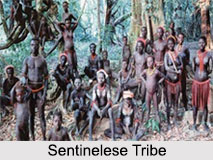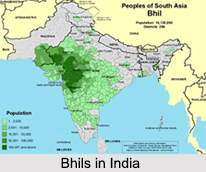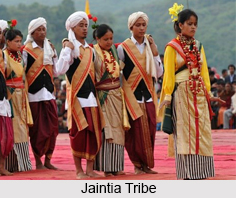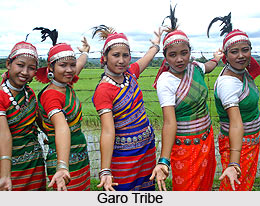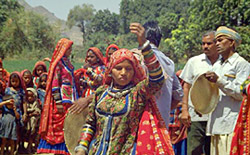The Mogs inhabit in western border of Aizawl district of Mizoram. Majority of them reside in southern part of Tripura and Chittagong Hills of Bangladesh. Their dialect resembles the Arakanese.
The Mog Tribe has their personal language and personal scripts. They follow Buddhism but they also worship Hindu deities like mother Ganga, Goddess Kali etc. They have their own headman and village council whom they elect. They call their headman as Bonaraug (Choudhury or Tahsildar). The basis of election of the person is the property and social status.
The Mogs reside in the plains. They have big dormitories for boys where they usually stay. Girls are allowed inside these dormitories but they are not permitted to stay back at night. The Mog men dress in a loin cloth dhoti that resembles the style of the Burmese. They also wear a genji and a small piece of cloth called the head gear. They put the head gear usually in the manner of an Assamese youth. Women dress in two pieces of clothes to cover upper and lower part of their body. Their dressing style seems to be fanek of a Meithei-Manipuri and mekhala of an Assamese. They wear blouse with an orna. Occasionally they also put headgear which covers upto their forehead. They also wear gold bangles, ear-rings, necklace to decorate themselves.
The Mogs have two endogamous divisions. The Mog has a clan Palamsa which is further sub-divided into two exogamous sub-clans. They practice three types of marriages. They are marriage by negotiation, marriage by service and love-marriage. Widow re-marriage and divorce is acceptable among them. They cremate their deceased ones after performing the funeral rites. After seven days of the death of the person they observe Aivaan with the assistance of their priest. They arrange for a feast for the priest and others. The eldest son is entitled to get half of his father`s property and the remaining half is equally divided among the other sons. Among them the eldest daughter acquires half of the share of the ornaments of her mother and the rest is equally divided among other daughters.
